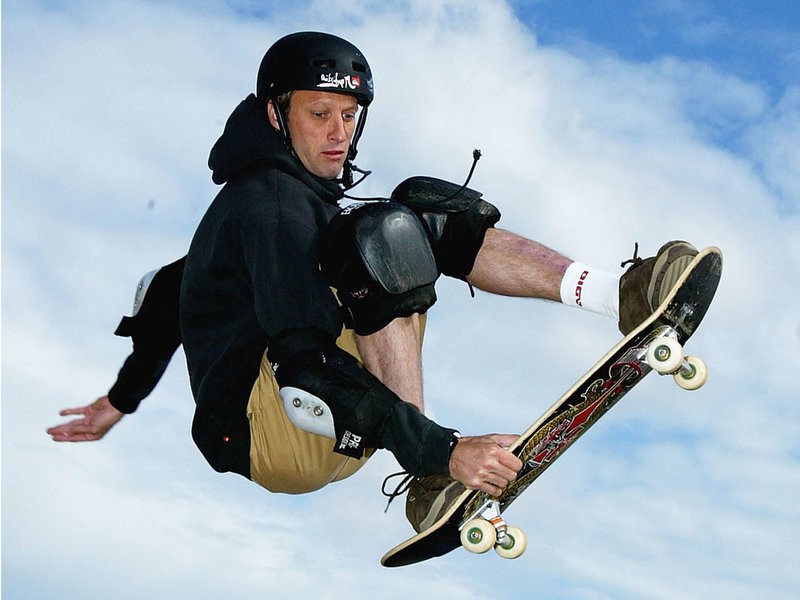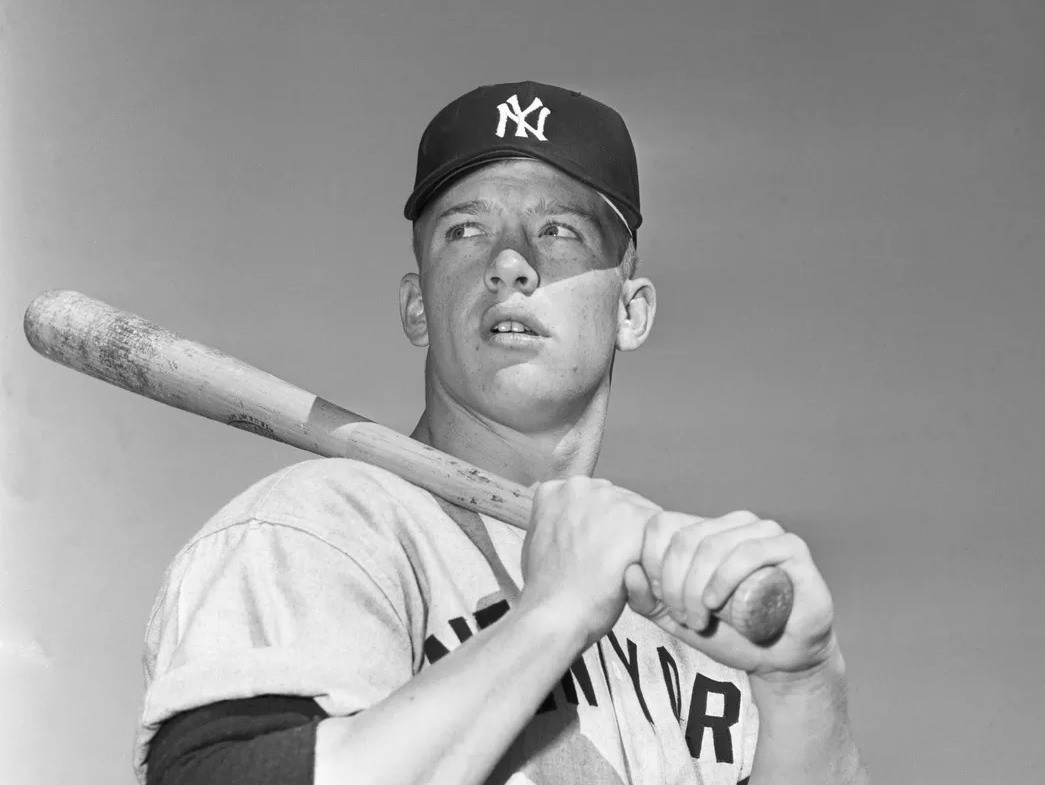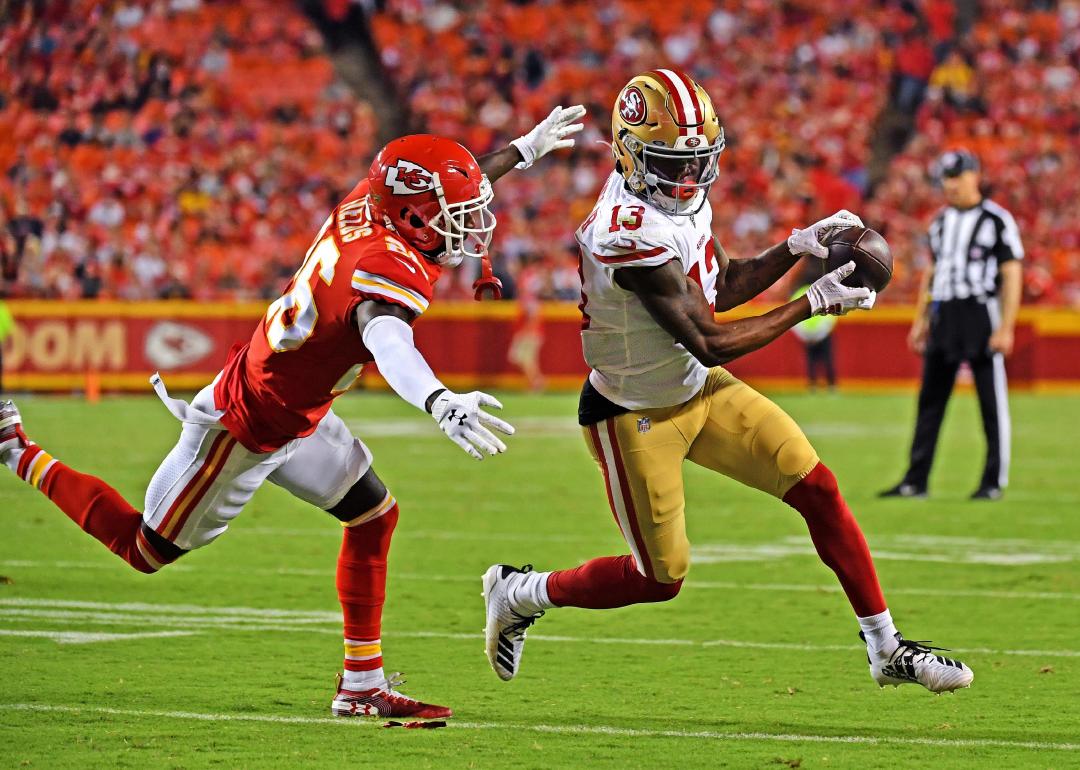Andre Dawson survived a dozen knee surgeries on his way to Cooperstown.
Only the second player [after the great Willie Mays] to reach 400 home runs and 300 stolen bases in a career, Andre Nolan Dawson played for four teams in 21 major league seasons. An eight-time All-Star, “The Hawk” was a five-tool player [having the ability to field, throw, run, hit for average, and hit for power]. Dawson won eight Gold Glove Awards, including six in a row between 1980 and 1985, and earned four Silver Slugger Awards as the best-hitting outfielder in the league. The 1977 National League Rookie of the Year was voted league MVP in 1987. He finished second in MVP balloting in two other seasons.
A superb athlete with an unrelenting work ethic, Dawson is one of the most determined players in baseball history. “He’s the best I’ve ever seen,” said former teammate and fellow hall-of-famer Ryne Sandberg. Dawson played ten full seasons with the Montreal Expos, who moved to Washington in 2004 to become the Nationals. When he left the Expos after the 1986 season, he was the best player in franchise history. The chiseled outfielder was Montreal’s all-time leader in games, at-bats, runs, hits, doubles, triples, homers, RBI, extra-base hits, total bases, and steals [all have since been broken].
Dawson could hit. He batted .300 or better five times, drove in 100 runs four times, and had 13 seasons of 20 or more home runs. At the time of his retirement in 1996, his 409 homers and 962 extra-base hits placed Dawson tenth in NL history. Andre could run. He stole 30 bases three times, and could easily have doubled that had his knees stayed healthy. The Hawk could field. He led the National League in putouts three straight years from 1981 to 1983, and at the time of his retirement ranked sixth in all-time outfield putouts and total chances. “If Andre didn’t have bad knees,” said former teammate Shawon Dunston, “he would have finished with 600 homers and 500 stolen bases.” The 12 knee operations Dawson endured undoubtedly slowed him, yet he persevered and joined Mays as the only players with 400 homers and 300 steals for a career [since matched by Barry Bonds, Alex Rodriguez and Carlos Beltran]. The Hawk stepped away ranked seventh in games played as an outfielder.
Born in Miami July 10, 1954, Andre Dawson was the eldest of eight children. A standout Little Leaguer, his uncle nicknamed Dawson “Hawk” because he had a keen eye at the plate. Dawson attended Southwest Miami High School, where he severely injured his knee playing football. After tearing cartilage and ligaments, he underwent his first knee surgery while still a high schooler. After the injury, he shifted his focus to baseball and signed to play at Florida A & M University. In 1975, he was drafted by the Montreal Expos in the 11th round.
The first pick of baseball’s 1975 amateur draft had also been the first overall selection four years earlier. In 1971, the Chicago White Sox drafted Danny Goodwin, a left-handed hitting catcher out of Peoria [IL] High School, number one. Goodwin turned down Chicago’s $ 60,000 contract offer, opting instead to accept a scholarship to Southern University. Four years later, the California Angels selected “the black Johnny Bench” with the first overall pick. The only player in baseball history to twice be selected with the first pick of the draft played for three teams in seven non-descript big league seasons, hitting .236 with 13 homers. By 1985, Goodwin was out of baseball.
Andre Dawson was the 250th pick of the 1975 draft, 249 spots behind Goodwin. He is the only player from that draft to be elected to the Baseball Hall of Fame. Two other players from the ’75 amateur draft – reliever Lee Smith and second baseman “Sweet” Lou Whitaker – are worthy of HOF consideration.
The Hawk played in only 186 minor league games before joining the parent club as a September call-up in 1976. Montreal skipper Dick Williams made Dawson the Expos’ starting centerfielder in June 1977, and he responded by hitting .282, belting 19 homers and stealing 21 bases en route to being named NL Rookie of the Year. He quickly became a superstar, earning his first Gold Glove in 1980, making his first All-Star team in 1981, and leading the league in hits and total bases in 1983. The artificial turf at Montreal’s Olympic Stadium took a toll on Dawson’s knees, and his base stealing prowess began to decline. He was moved from center field to right in order compensate.
In 1985, Dawson hit two home runs in the same inning, the second time he had accomplished that feat. He remains one of only three players [Willie McCovey and Jeff King] to hit two homers in the same inning twice.
Following the 1986 season, the contract of the best player in Expos’ history was up for renewal. Montreal offered a pay cut that Dawson called “insulting,” so he looked to play elsewhere. Due to collusion on the part of baseball owners, who wanted to put an end to free agency, the superstar was unable to attract any offers. Wanting to play on natural grass to give his aching knees a break, Dawson campaigned for the Chicago Cubs to sign him. Cubs GM Dallas Green resisted, so Dawson arrived at the Cubs spring training camp in March 1987 with a signed blank contract, asking Green to pay him what Chicago thought he was worth. Dawson wound up getting paid less than what Montreal had offered and the Cubs made out like bandits, getting the slugger for far less than his market value.
The 1987 sports year was a heady time in Chicago. The Bulls’ Michael Jordan was emerging as the best player in the NBA, Bears running back Walter Payton was winding down his career as the NFL’s all-time leading rusher, and Andre Dawson was batting third and patrolling right field for the Cubs. In his first year in Chicago, The Hawk put on one of the finest offensive displays in two decades. Dawson led the NL in home runs [49], RBI [147], batted .287 and won his seventh Gold Glove. While the Cubs were woeful, “Awesome Dawson” was not. He was named NL MVP – the first time in history that a player from a last place team earned that award. “I don’t think I’ve ever managed a greater player or human being,” said Cubs skipper Don Zimmer.
After six seasons on the North Side, Dawson signed with the Boston Red Sox as a free agent in 1993. Two knee surgeries in as many years limited him to a DH role, and Dawson returned to the National League in 1995 when he joined the Florida Marlins. Used sparingly, he appeared in only 121 games over two seasons before retiring in 1996 at 41.
The Montreal Expos retired Dawson’s number 10, and the NHL Montreal Canadiens raised a banner in the Bell Centre in his honor. In 2010, the Washington Nationals placed Dawson in its Ring of Honor at Nationals Park. That same year, The Hawk was inducted into the Baseball Hall of Fame, going in as an Expo. Dawson is the second Expo, behind Gary Carter, enshrined in Cooperstown. The decision on which team accompanies an enshrinee’s plaque is made by the hall of fame, not the player. Dawson was disappointed with the decision, as he felt the Expos had abandoned him, and wanted to go into the hall as a Chicago Cub. Five of his eight All-Star appearances came in a Cubs uniform, as did his only MVP award. Mr. Dawson currently works in the front office of the Florida Marlins.









